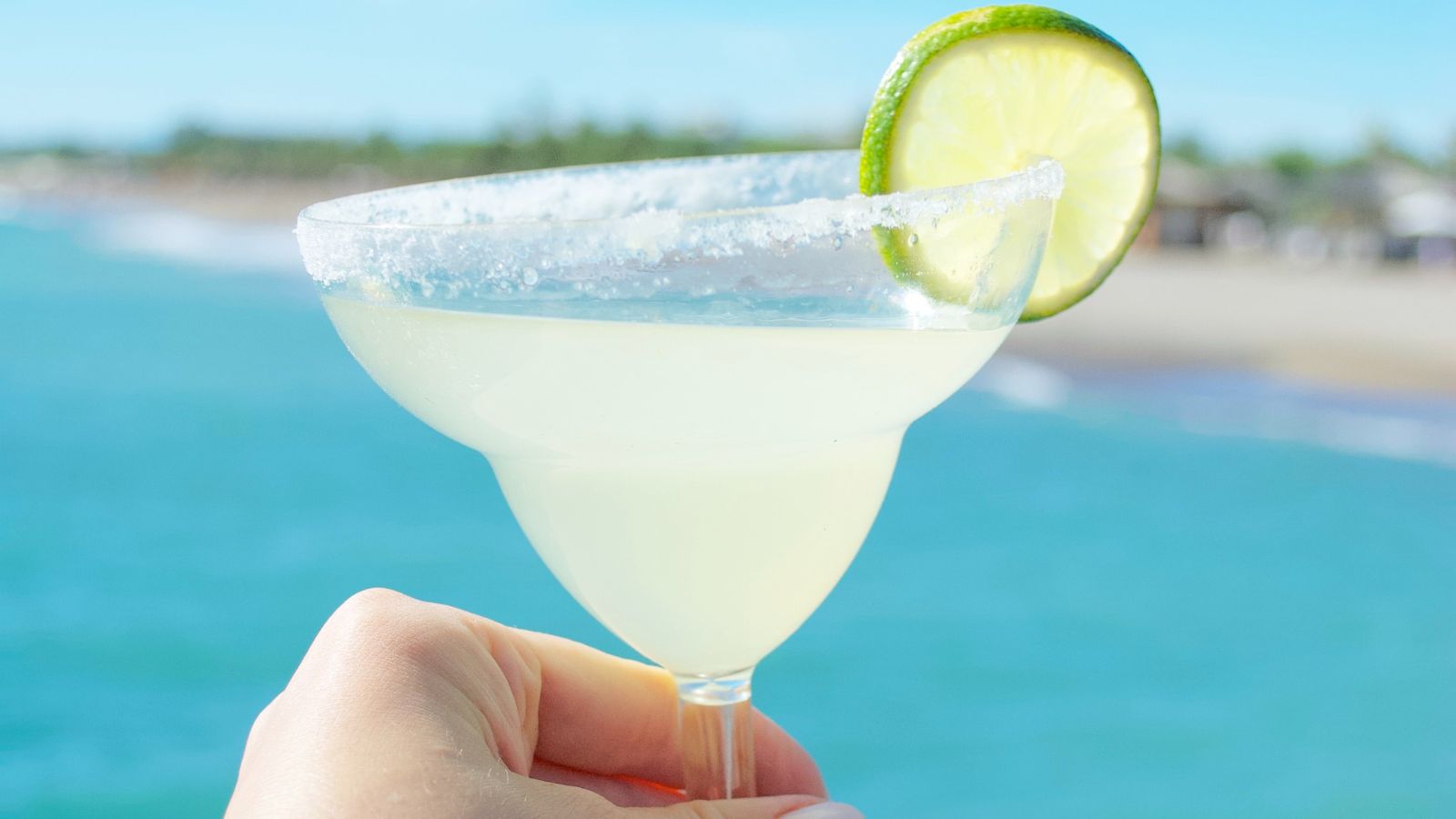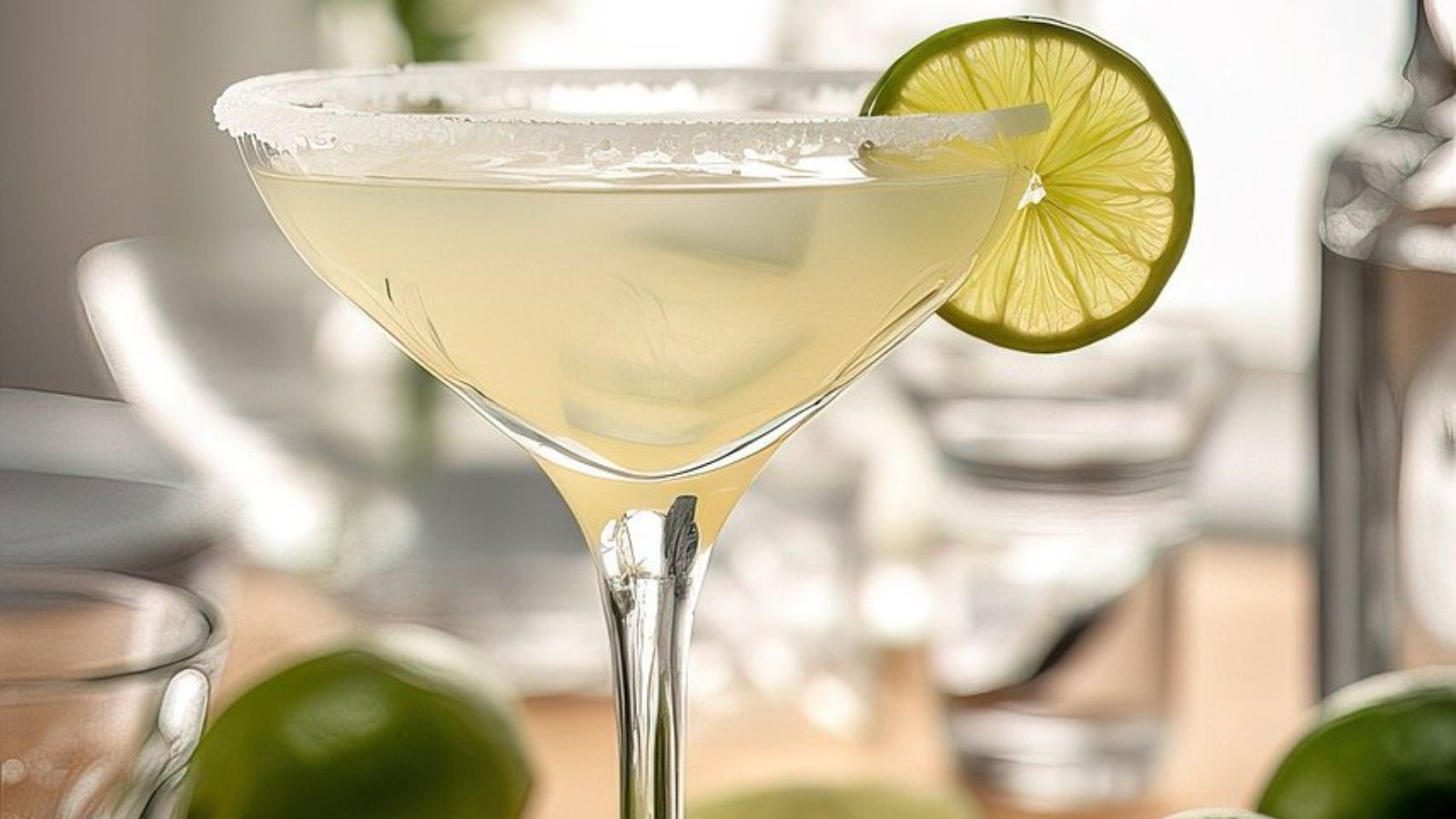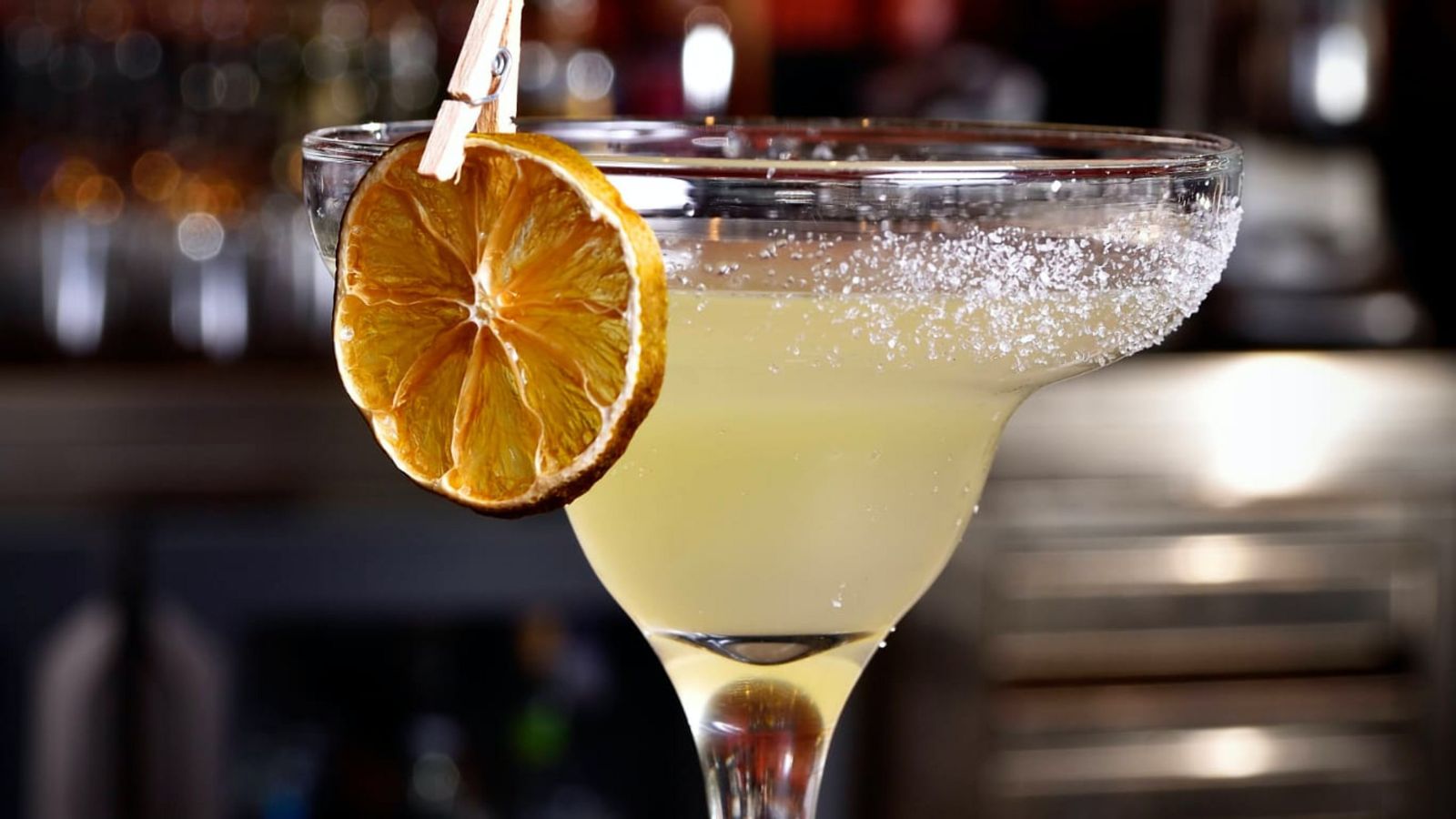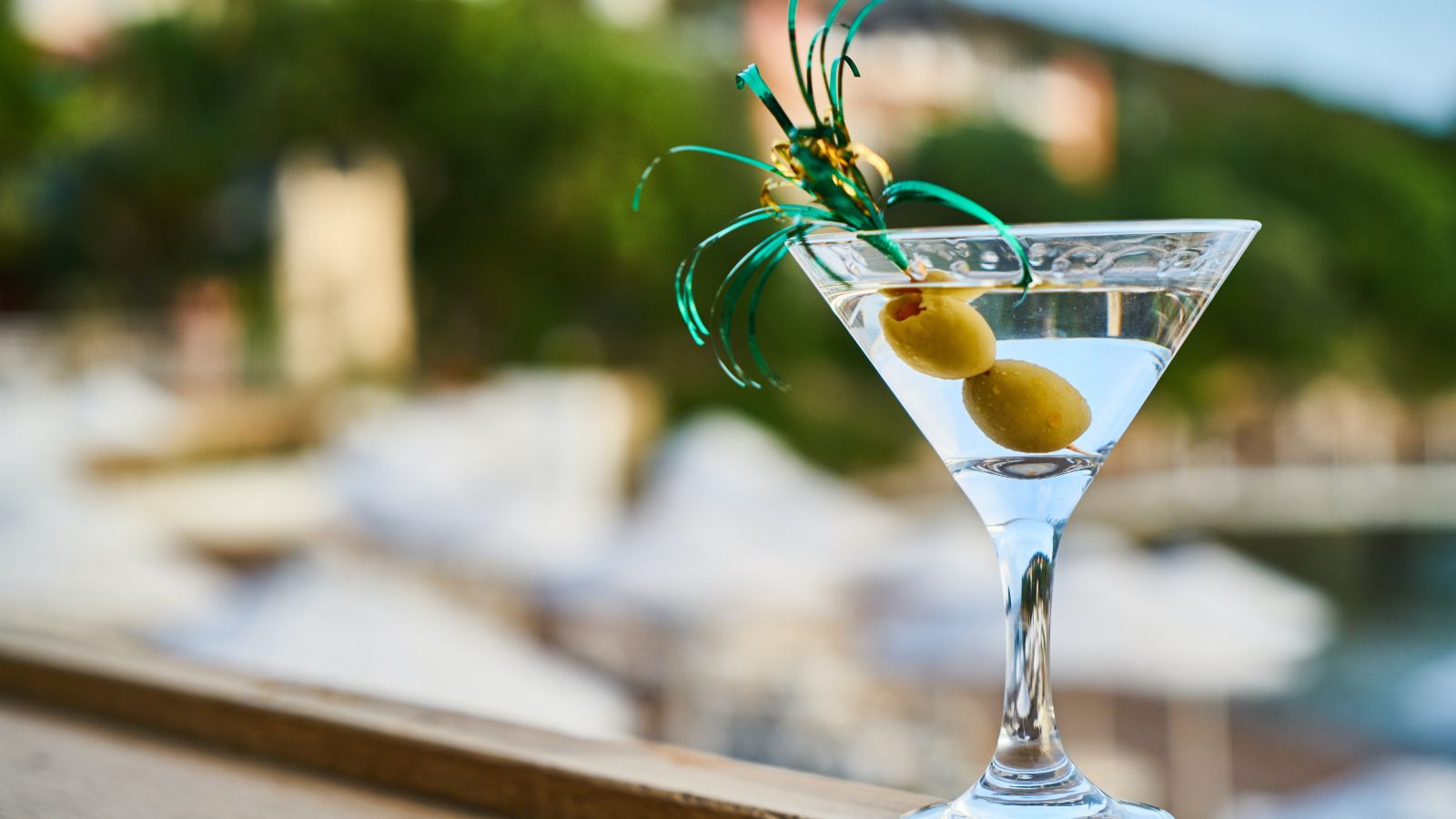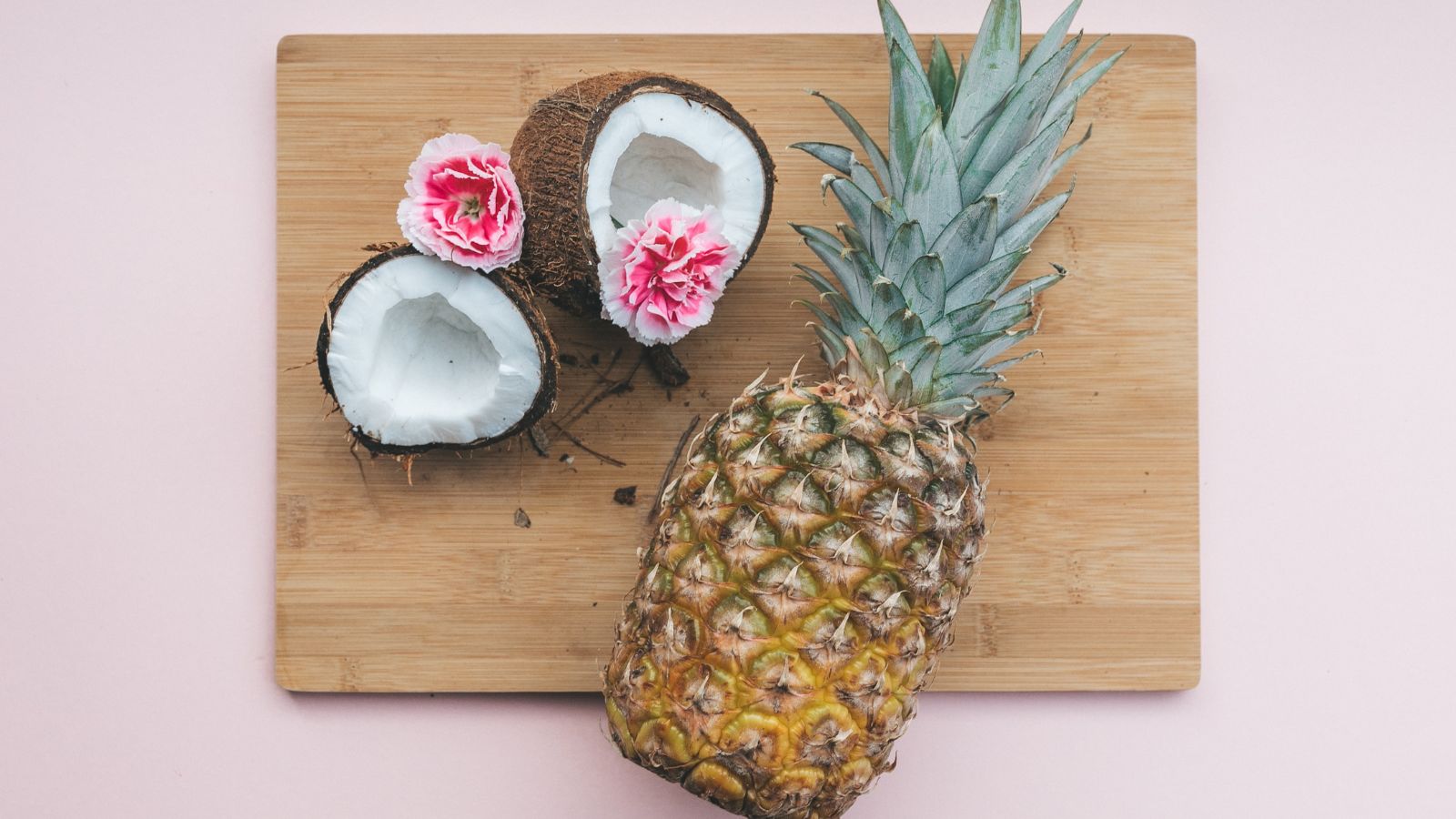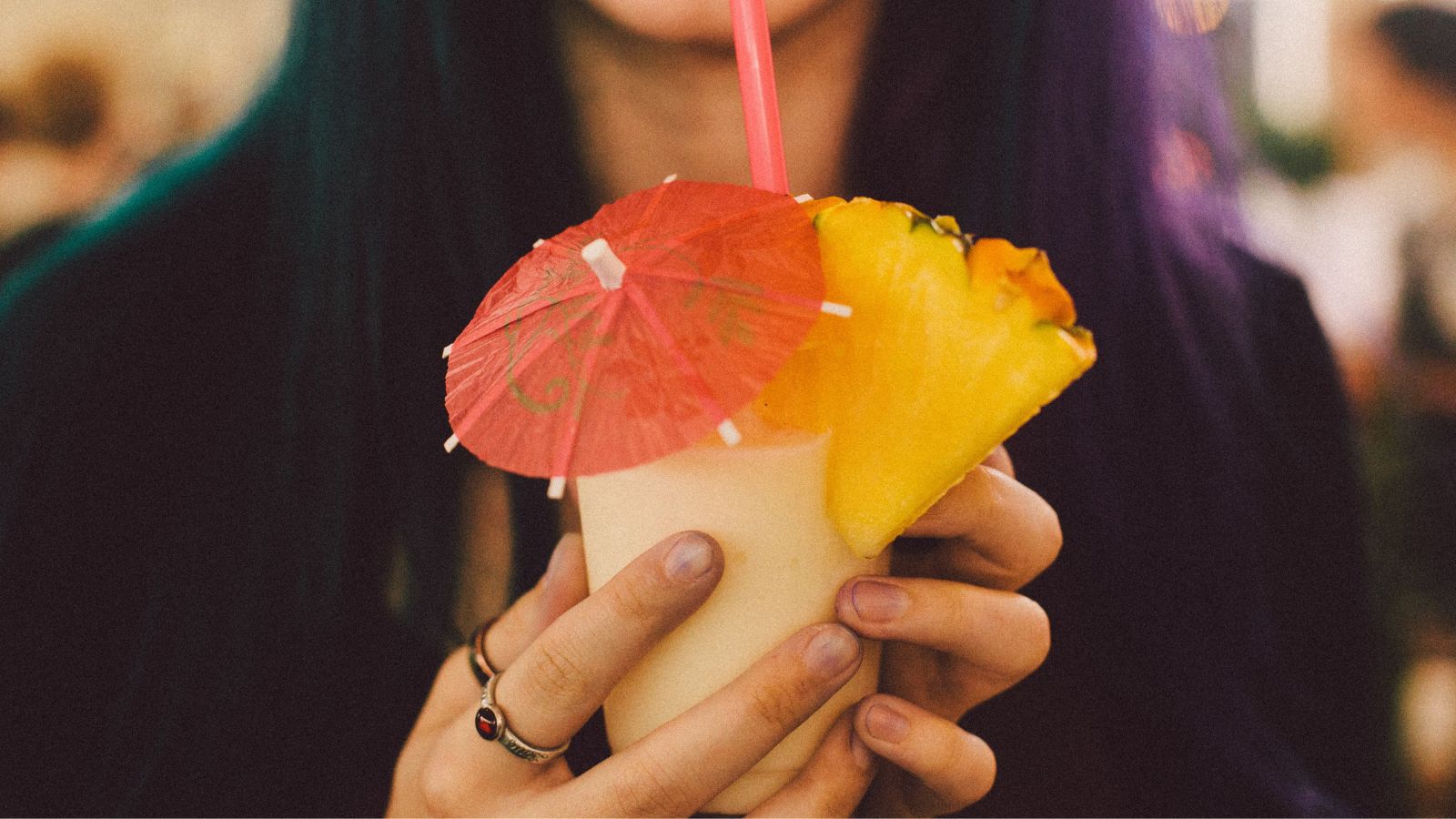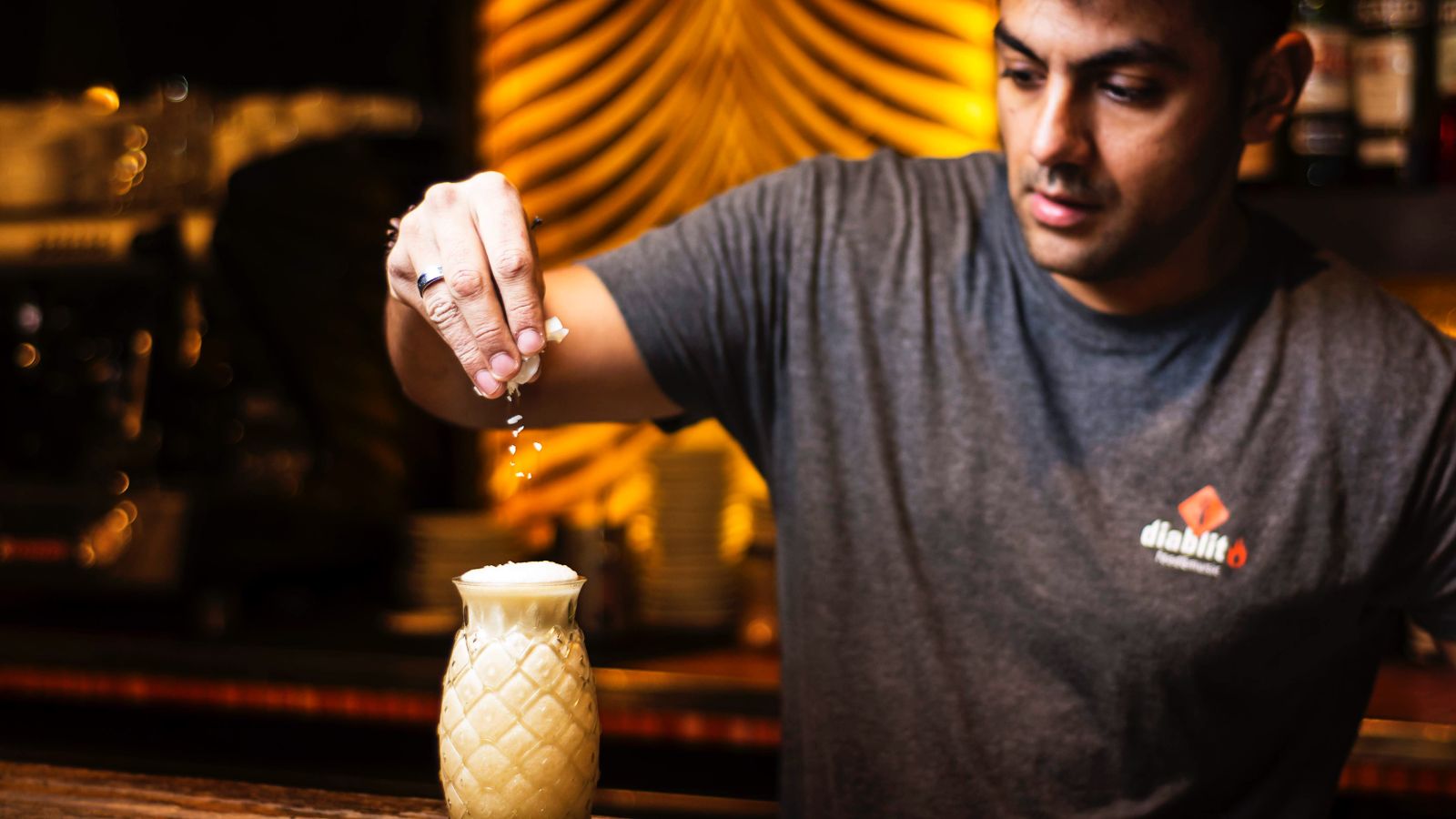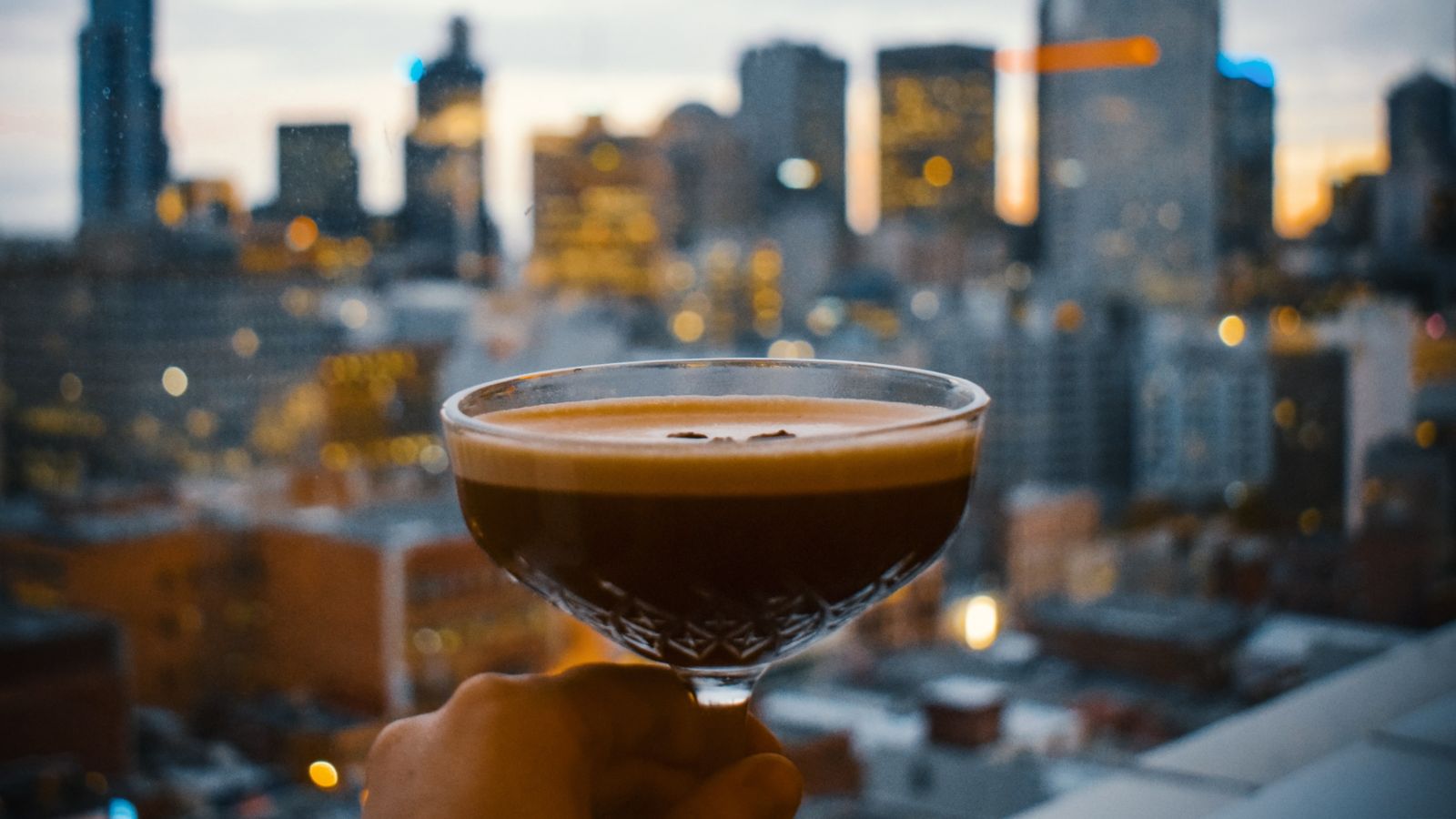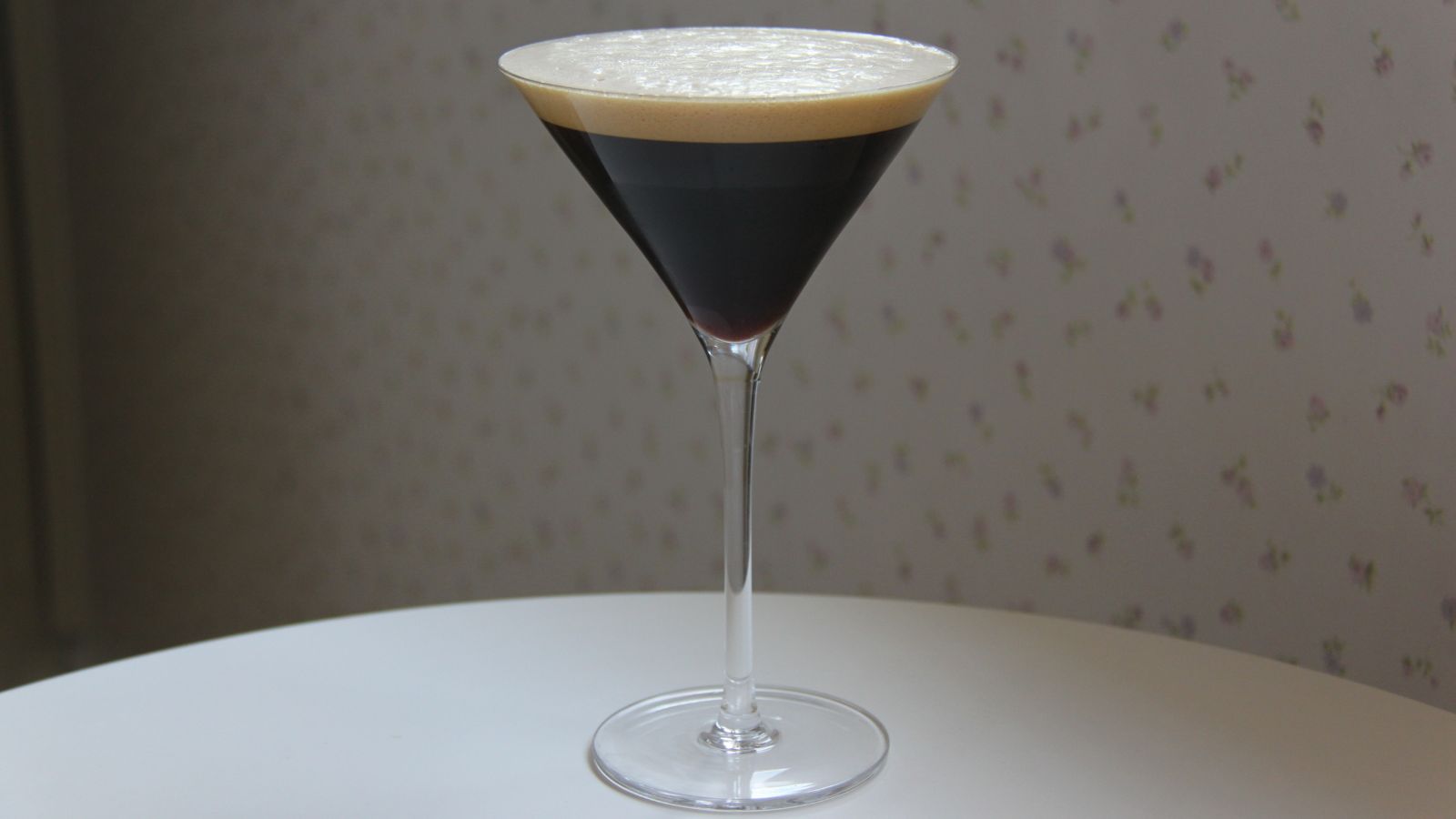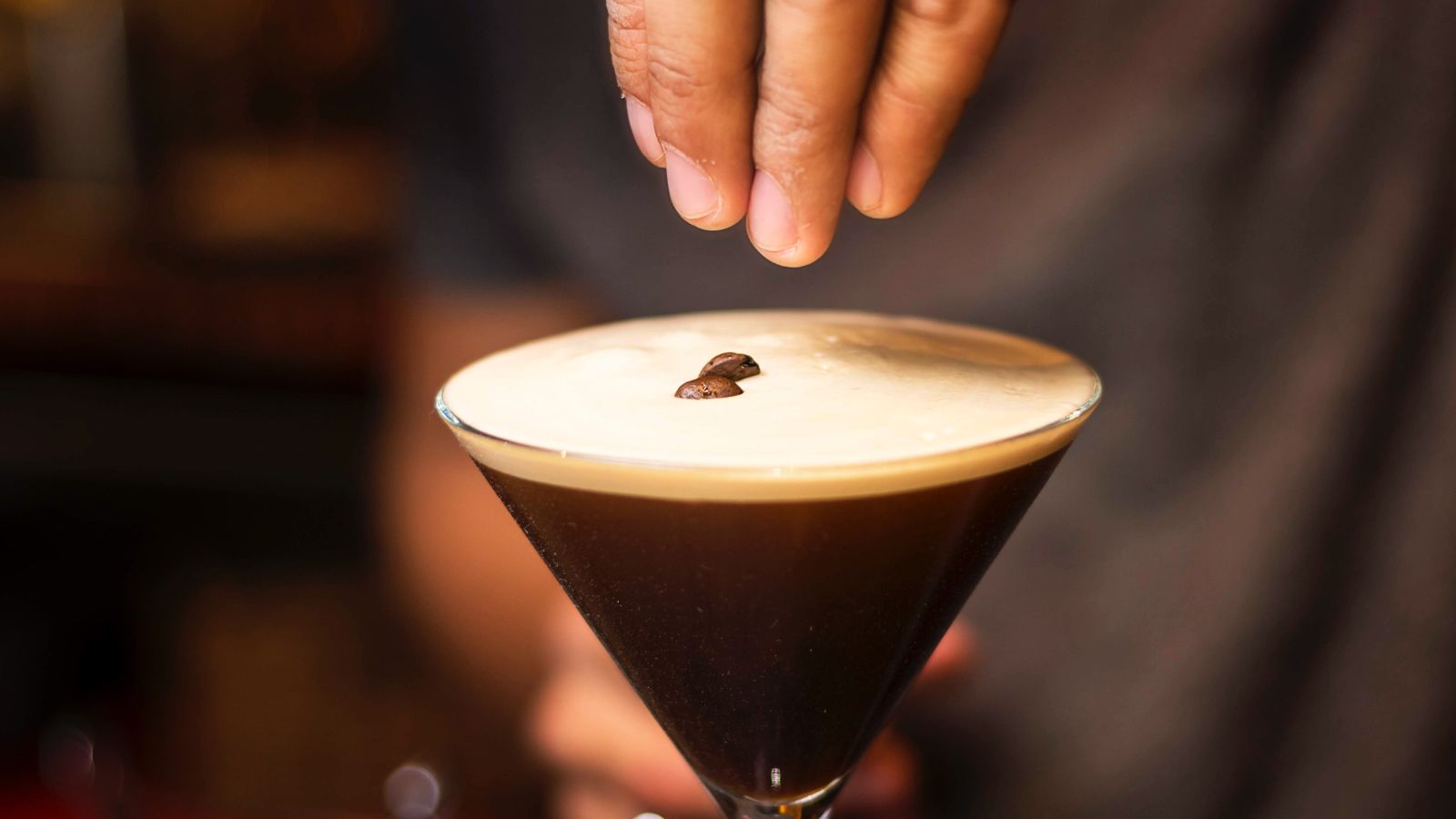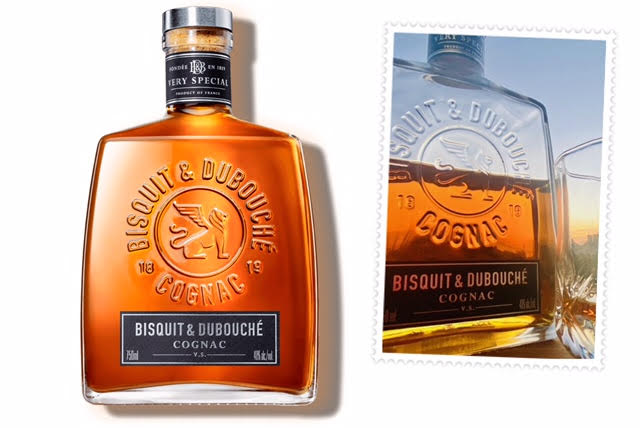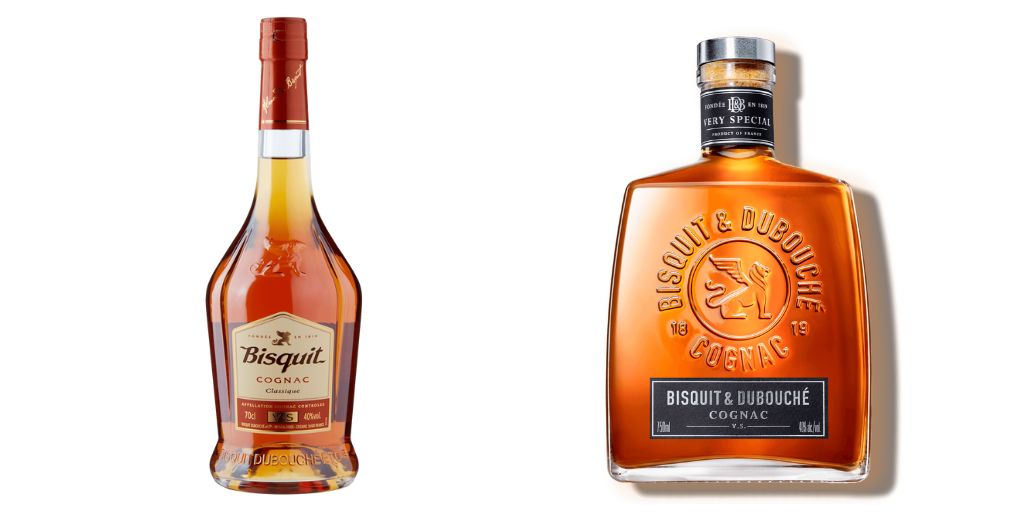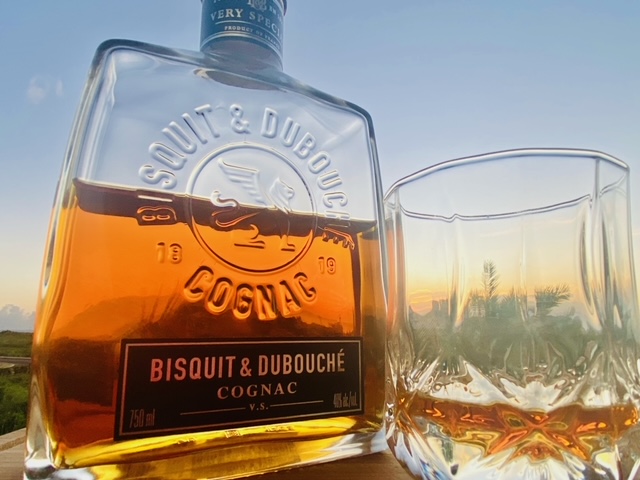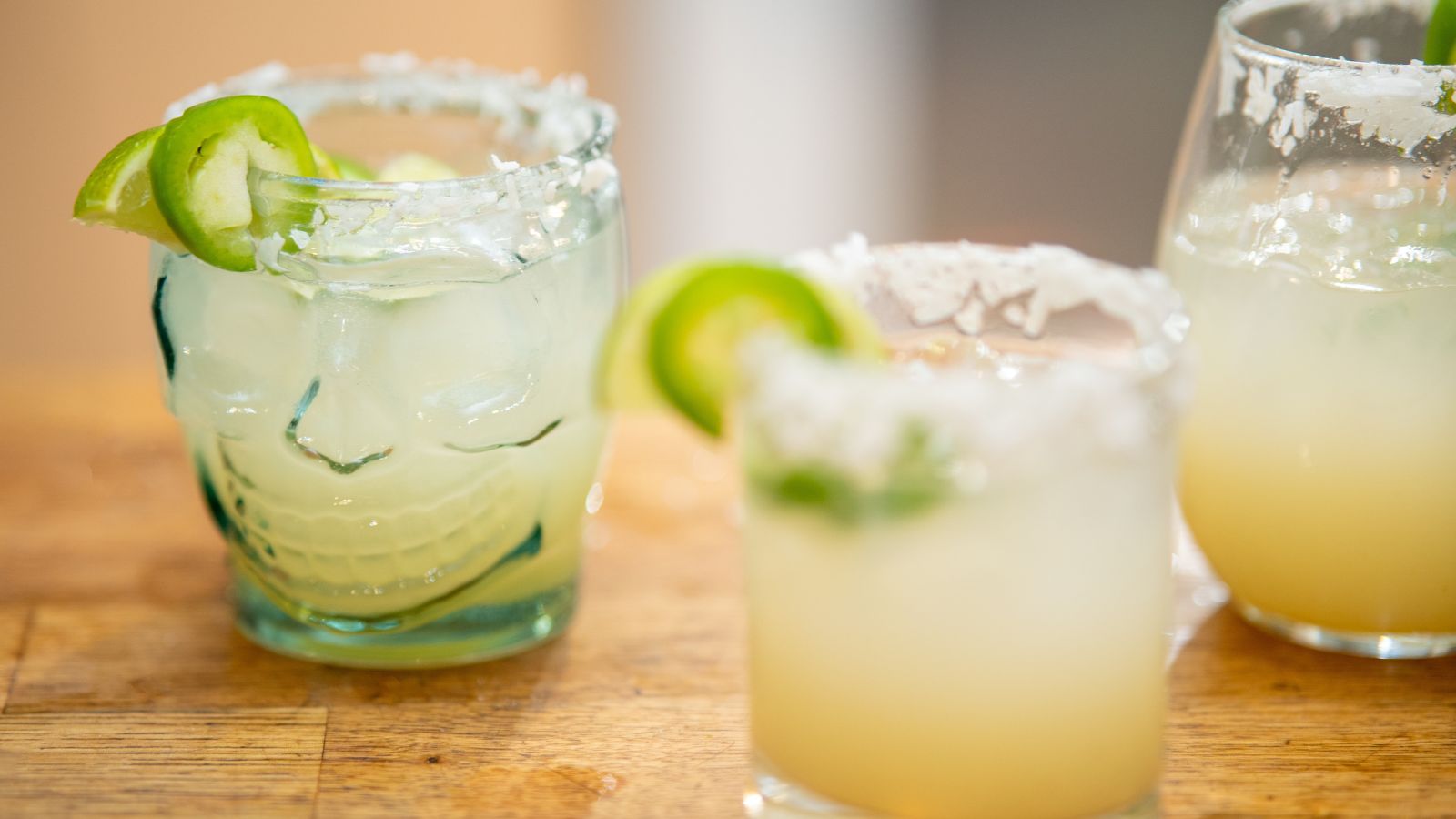 A few nights ago, we visited friends for a BBQ, and when we arrived, she had tequila shooters standing ready. I am not the biggest fan of tequila. But this was some decent tequila añejo.
A few nights ago, we visited friends for a BBQ, and when we arrived, she had tequila shooters standing ready. I am not the biggest fan of tequila. But this was some decent tequila añejo.
I realised I had done very little exploring around tequila and tequila-based cocktails. The most famous tequila cocktail is the Margarita, and what better place to learn more about tequila when making cocktails at home?
The Margarita recipe comprises tequila, triple sec, and lime juice shaken and strained into a stepped-diameter martini-shaped glass rimmed with salt. The name conjures up images of tacos, guacamole, and enchiladas, as the Margarita is associated with Mexican cuisine.

Exactly where the margarita cocktail is from and who invented it is unknown. A cocktail recipe with similar ingredients was included in the Cafe Royal cocktail book published in 1937. This cocktail was called Picador.
Other sources claim that it was invented by a bartender for a dancer who was allergic to other alcohols but not tequila.
I have seen recipes with different ingredient ratios. From 2:1:1 (tequila, triple sec, lime juice) to 10:4:3. Personally, the best margarita recipe is the sweeter version where the triple sec is slightly more than the lime juice.
Also Read: Cosmopolitan Cocktail
However, looking around, you will find Margarita recipes in various flavours and variations beyond the classic lime version. I have seen different fruit flavours, like strawberry, mango, and watermelon. Today, I am staying with the classic Margarita recipe and investigate how to make a margarita at home.
Like all alcohol-forward cocktails, using only the best ingredients is essential. But let’s start at the most important ingredient; the tequila.
What is Tequila?
Tequila is a Mexican distilled spirit distilled from the blue agave plant (agave tequiliana). Tequila is a type of Mezcal, a spirits category made from various agave plants.
Different types of tequila
- Tequila blanco (silver tequila): Tequila that is not aged. This typically has notes of pepper and citrus with a spicy finish. This is the perfect tequila to use for Margaritas.
- Tequila reposado: Tequila aged between 2 to 12 months in oak barrels. It has a smooth flavour and typical oak, vanilla, and caramel notes.
- Tequila añejo: Tequila aged between 1 to 4 years in oak barrels. It is richer, with typical notes of vanilla and cinnamon. A good sipping tequila.
- Tequila joven is a blend of unaged and aged tequila.
- Tequila cristalino is a clear spirit as the tequila añejo is filtered to remove tannins.
Other variations on the theme
Frozen Margarita: When the ingredients are slushed together with ice to create the perfect summer drink.
Paloma Margarita: When you replace the lime juice with grapefruit juice. A soft pink version of the classic.
Tequila Sours: When the whiskey in a sour is replaced by tequila.
Mexican Mule: Where the tequila replaces the vodka in the classic Moscow Mule. The spicy ginger beer and lime juice are the perfect pairing for tequila.
Why do you rim a Margarita cocktail with salt?
According to some research, salt changes the way our taste buds process the bitterness of the tequila and the lime. By adding a few grains to each sip, the alcohol and bitterness are balanced and additional flavours can come through.
How to make a Margarita at home
Ingredients
- 1 1/2 oz blanco tequila
- 1 oz triple sec (Cointreau)
- 3/4 oz lime juice,
- lime wedge and wheel
- salt
- ice
Instructions
- Sprinkle some salt on a small plate. Rub the wedge of lime along the rim of a glass and then dip it into the salt.
- Add tequila, triple sec and lime juice to a cocktail shaker filled with ice. Shake until well-chilled.
- Carefully strain into the cocktail glass with a few blocks of ice.
- Decorate the Margarita with a lime wheel and enjoy.
Also Read: Johnnie Walker Blue vs Black Label Whisky

